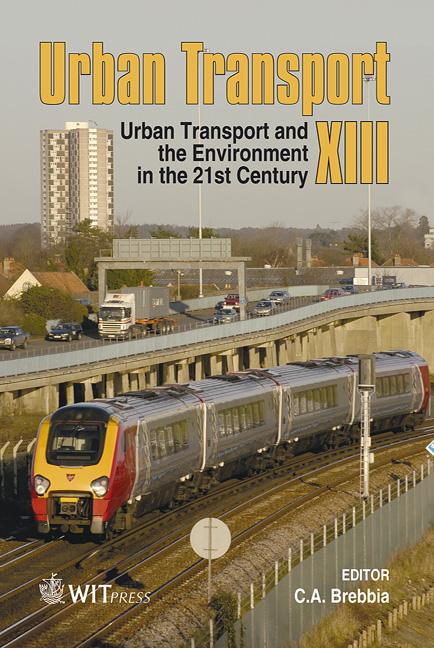Accessibility Analysis Of Multimodal Transport Systems Using Advanced GIS Techniques
Price
Free (open access)
Transaction
Volume
96
Pages
12
Published
2007
Size
1,992 kb
Paper DOI
10.2495/UT070621
Copyright
WIT Press
Author(s)
T. Vorraa
Abstract
This paper gives an overview of the English Department of Transport’s advice and requirements regarding accessibility analysis as part of local transport plans. A GIS based software tool was developed to make it possible to meet these requirements and this tool is described and some examples of its use are given. 1 Introduction The English Department for Transport (DfT) issued in beginning of the 2000s some guidance on accessibility planning for local authorities. The authorities are required to make accessibility planning part of their local transport plans. In the guidance, the DfT defines what accessibility planning is and why it’s needed. Accessibility planning was introduced by a Social Exclusion Unit Report ‘Making the Connections’ (www.socialexclusion.gov.uk/downloaddoc.asp? id=66). The report set out the relationship between transport, accessibility and social exclusion and a cross-Government strategy for improving access to jobs and essential public services. Accessibility planning focuses on promoting social inclusion by tackling the accessibility problems experienced by those in disadvantaged groups and areas. These might include the availability, affordability and accessibility of local public transport, the design, location and delivery of non-transport services, and the ability of the community to reach those services by foot or cycle. It also focuses on access to those opportunities that are likely to have the most impact on life chances: employment, education, health care and food shops. The premise of accessibility planning is that policy development and service delivery can be improved to better meet the accessibility needs of local communities by being more evidence-led and through improved cross-sectoral working.
Keywords





